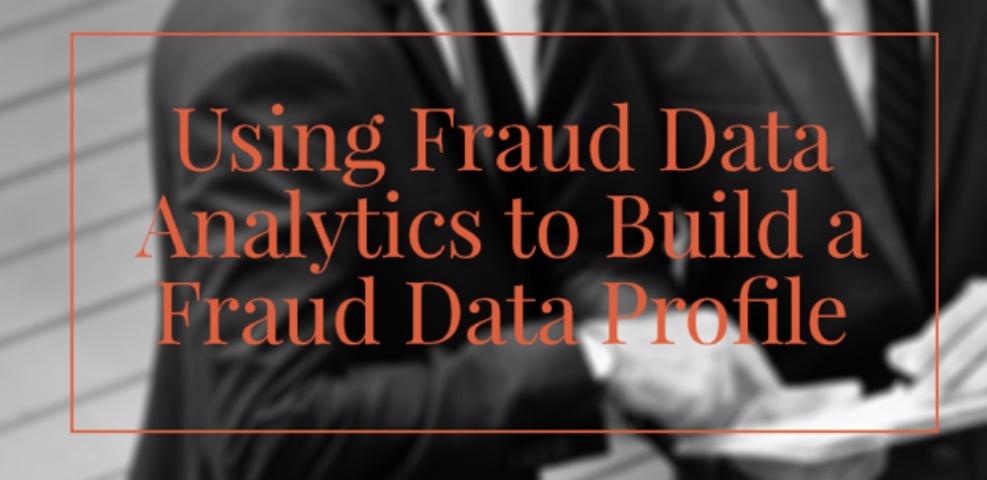When it comes to fraud, no audit plan is going to fit all. Each fraud scenario in your audit scope needs its own fraud data analytics plan and fraud audit procedures. An audit plan isn’t just a document to create and file away as a matter of process – any auditor involved in future detection and prevention will need this to have the correct information that will allow them to find and reveal which fraud scenario is occurring. In short, your fraud audit plan is an essential component in detecting and preventing fraud.
Once an auditor has a plan and the fraud scenarios at their disposal, the best approach to building a fraud data profile involves using fraud data analytics. For many, this might feel like no more than a buzzword in the industry that adds little value to conversations on fraud but when we talk about fraud data analytics at Fraud Auditing Inc., we mean something very specific, with measurable outcomes, which are essential to any fraud-based approach.
Here’s a look at the best practices when it comes to data analytics and how it can add real value to your approach.






